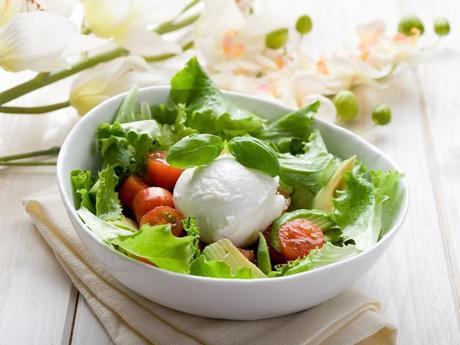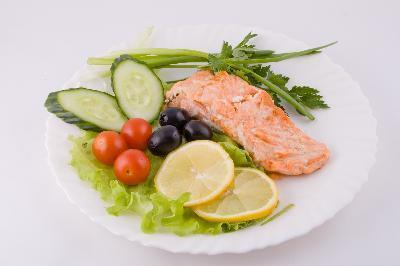It's easier than you think to start eating healthy! Take small steps each week to improve your nutrition and move toward a healthier you.

Eating Healthy
Eating healthy is easier than it sounds. Eating a healthy, balanced diet is definitely an important part of maintaining good health, and can help you feel your best. It does not have to be difficult either. A healthy diet will include a good variety of nutritious foods. These include a variety of breads, pastas, lean meats, fruits and vegetables. Eating breakfast can also be an important part of a healthy diet.
That’s what makes eating healthier so scary sometimes. We are so used to eating a certain method in which we rarely think about what we’re actually putting into our bodies. So to eat a healthier diet means actually waking up and paying attention to what’s on your plate.
Choose The Right Carbohydrates
Simple carbs, like sugar and flour, are quickly absorbed by the body’s digestive system. This causes a type of carb overload, and your body releases millions of insulin to combat the overload. Eat these moderately. Complex carbs, on the other hand, are slowly digested by the body. They include whole-grain flour, hearty vegetables, oats, and unprocessed grains like brown rice. These foods are often higher in vitamins and other nutrients which are beneficial to the body, and they are higher in fiber.
Eat Less Salt
Even though you don’t add salt to your food, you may still be eating an excessive amount of. About three-quarters of the salt we eat is already in the food we buy, such as breakfast cereals, soups, breads and sauces. Eating an excessive amount of salt can raise your blood pressure. People with high blood pressure are more likely to develop heart disease or have a stroke.
Vitamins
Vitamins assist with chemical reactions in the body. Generally, vitamins must come from the diet; the body doesn’t make sure they are. There are 13 essential vitamins. Your body can store vitamins A, D, E, and K, also it can be a problem if you get too much of them. Vitamin C and the B vitamins don’t build up in your body, which means you need to keep getting them regularly in your diet.
Protein
Proteins help repair and maintain your body, including muscle. You are able to get protein in all types of food. Good sources include fish, meat, poultry, eggs, cheese, nuts, beans, and other legumes.
Minerals
Minerals, like vitamins, must originate from the diet. Your body needs them, but it can’t make sure they are. You need more of some minerals (such as calcium, potassium, and iron) than the others. For instance, you need only a small amount of the minerals zinc, selenium, and copper.
Checking Your Calorie Intake
The above information will help you eat healthy, but one needs to understand if one is balancing the body daily calorific intake. With an average the daily calorie intake for men is 2000 calories and women is 1500 calories. This can take some time getting used to, so maintain a dairy of daily calorie intake. Then look for out the average calories you are consuming and add/reduce the amount of calories you’re eating.
Don’t Skip Breakfast
Some people skip breakfast because they think it will help them lose weight. In fact, research shows that eating breakfast might help people control their weight. A healthy breakfast is definitely an important part of a balanced diet, and provides some of the vitamins and minerals we want for good health. Wholemeal cereal, with fruit sliced over the top is really a tasty and nutritious breakfast.

Healthy Eating Tips
Get More Whole Grains
At least half your grains should be whole grains, such as whole wheat, barley and oats. Whole grains retain the bran and germ and therefore all (or nearly all) of the nutrients and fiber of the grain. Whether it doesn’t say that, look for a whole grain listed as the first ingredient, even though there still may be lots of refined wheat and/or sugar.
Having a Colorful Meal
Also have a colorful meal – proteins and carbs will add two to three colors to your meal, so always attempt to add various colored fruits and salads to your meal too. This can not just make the meal look appetizing, but probably add more nutrients to your meal. Colorful meals are also more appealing to children.
